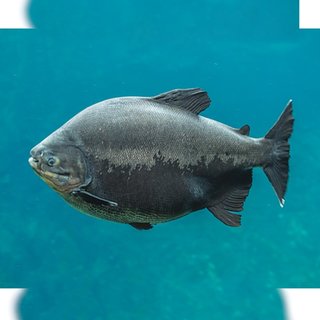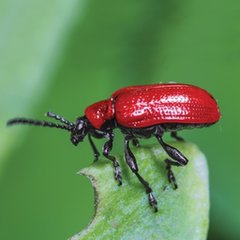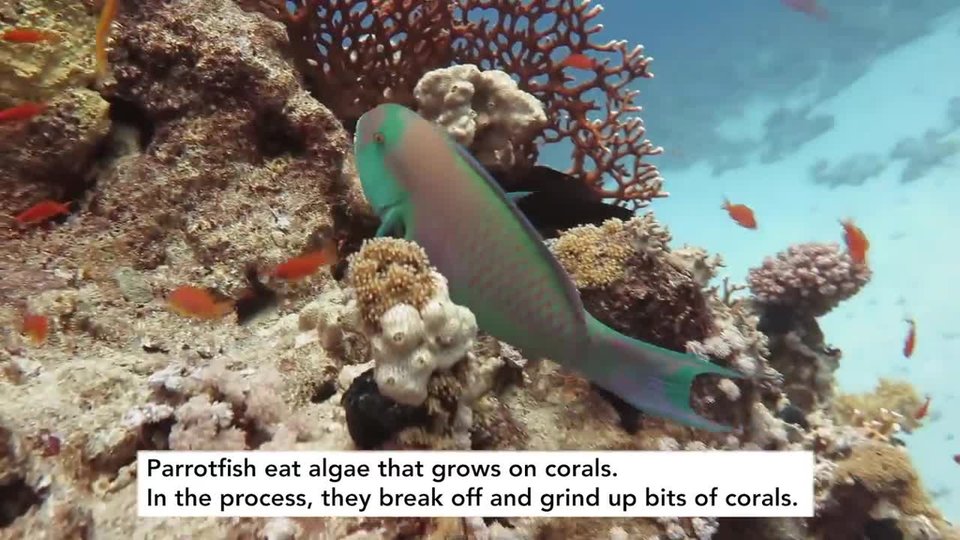
Poop
Nearlyallanimalspoop.It’showtheirbodiesgetridofsolidwaste. Thewaste couldbefoodthattheirbodiescan’tbreakdown.Itcouldalsobegrossthingslike germs.
Thestudyofpoopiscalledscatology(ska‑TALL‑uh-gee).Whenananimalpoops,ordefecates, itspoopispackedwithinformation.Itcantelluswhatkindofanimalleftitandwhen.Itcantellthatanimal’sage,size,and gender.
Notallanimalpoopisthesame.AnadultAfricanelephantcandropmorethan136kilograms(300pounds)ofpoopeveryday!Squirrelspoopbean‑sizedroppings.Wombatspoopout cubes.
Thepurposeofpoopgoesbeyondjustgettingridofwaste.Poopcanspreadseeds.Itcancreatesandyislandbeaches.Itcanmarkturfandevenscareotheranimals away.
PoopWitha Purpose
Thetambaquifishisafruit-andseed‑eatingfishintheAmazon.Iteatstheseedsofwaterplants.Seedsthataren’tdigestedarepoopedoutandget“planted” elsewhere.

plants seeds
tambaqui fish
Leafbeetlescovertheireggsinpoopthatthenhardens.Thelarvaelaterbreakaholeinthese cases.

leafbeetle
larvae

leaf beetle
makes homes
Name‑Droppings
Humans’solidwasteiscalledstool,feces (FEE‑seas), andexcrement (EX‑crum‑ent).Animals’wastehasdifferentnames,too.Hereareafew examples:
castings– worms
droppings– birds
dung– cattle, elephants
fewmets– deer
frass– insects
guano– bats, seabirds
scat– wild animals
spraints– otters

